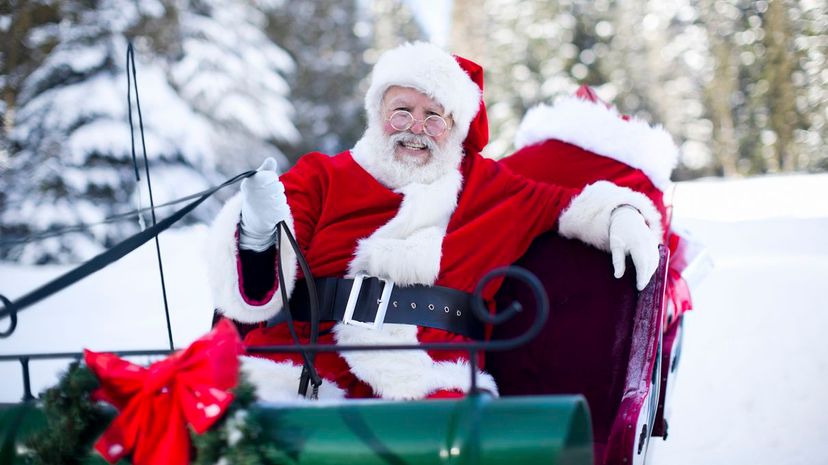
About This Quiz
"His eyes, how they twinkled! His dimples, how merry!/His cheeks were like roses! His nose like a cherry!" Do you remember this line from Clement Clarke Moore's, "A Visit from St. Nicholas?" Paints a pretty vivid picture of Santa Claus on the night before Christmas, doesn't it? Except this poem would sound a lot different in other places around the globe. "St. Nick" becomes Dedt Moroz, Julenisse or Père Noël. Even his image changes. Can you imagine? The "chubby and plump, right jolly old elf," is virtually unrecognizable in other cultures! In Norway, for example, he takes on the appearance of a goat-like creature. In Sweden, he looks more like a garden gnome. And, in places like Germany and Austria, he dons a crown and long blonde hair.
Despite the name and appearance changes, the spirit of everybody's favorite Christmas elf tends to remain the same from one continent and country to another: one of giving, sharing and rewarding good behavior throughout the year. This quiz will give you a head start on tracking Santa or Mikulás or Joulupukki this holiday season. See if you can identify Santa's moniker on his continent-hopping trip around the world. Can you place Kanakaloka? What about San Niklaw? Be a world traveler with a little extra "jingle" in this Christmas-themed quiz. Joyeux Noël! Frohe Weinachten! Feliz Navidad! Merry Christmas!
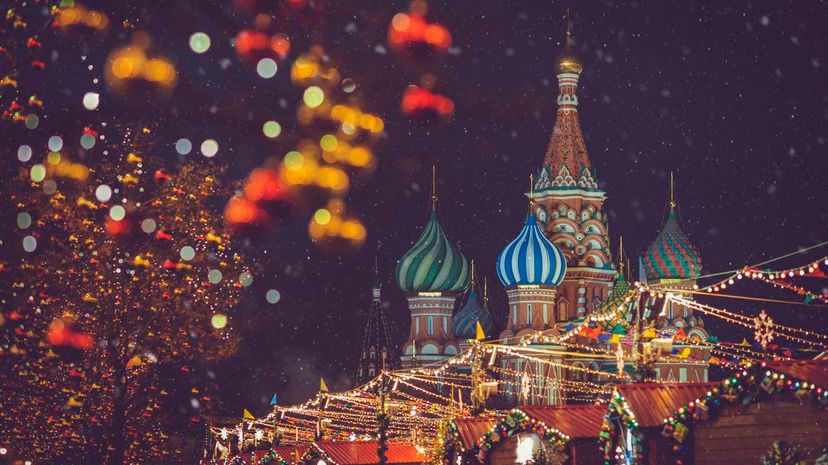
Ded Moroz, or Grandfather Frost, was born out of a Russian legend of a stepmother exiling one of her stepdaughters out into the bitter cold. Ded Moroz, sometimes expressed as Dedt Moroz, found the girl and rewarded her for her kindness. In Russia, Ded Moroz appears at New Year's rather than Christmas.
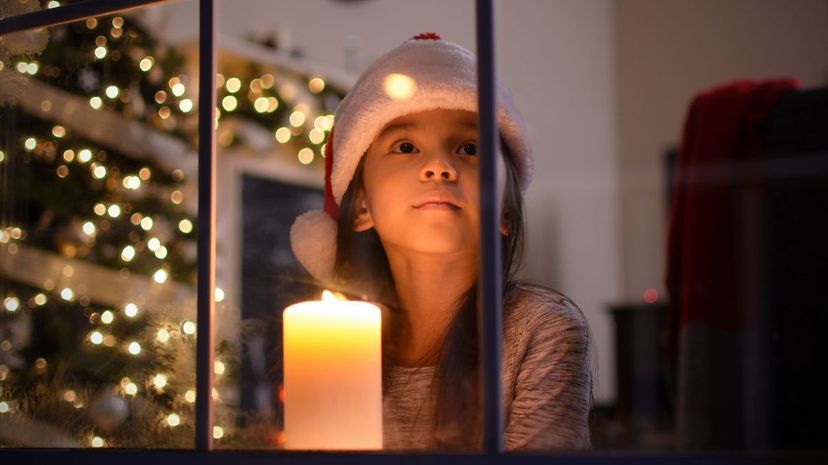
Leave a boot by the window in Hungary and Mikulás will visit, rewarding good children with treats and toys while leaving a switch or spoon for bad ones. Here, Mikulás arrives on the eve of Saint Nicholas' feast day in early December.
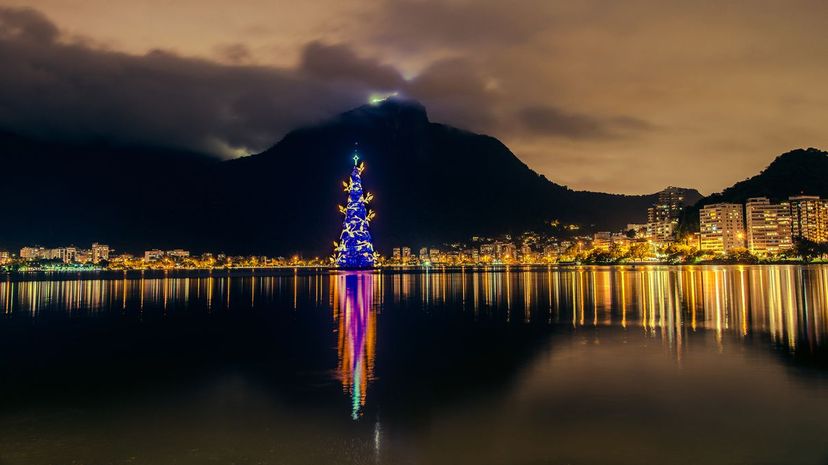
Brazil's Christmas falls in the midst of summer, when temperatures are high and a suit made of wool or fur would be out of season. When Papai Noel arrives in Brazil from his home in Greenland, he's donning silk clothing more appropriate for the heat.
Advertisement

Hoteiosho in Japanese culture is both old and all-seeing, keeping in line with the more traditional U.S. version of Santa Claus. His extra set of eyes helps him discern who's been nice and, well, who's been naughty.
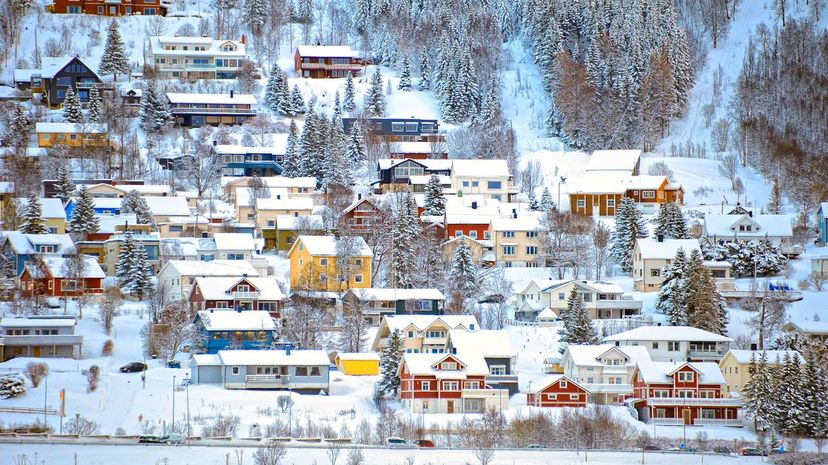
Julenisse is based on a German legend, a patron saint who lives not at the North Pole, but out in nature nearby. When Christmas comes, he scatters presents throughout the house, setting off a holiday version of hide-and-seek.
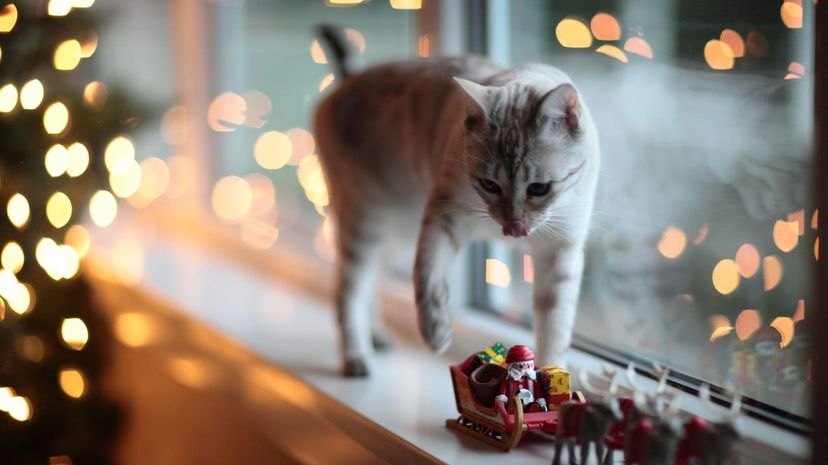
In France, Père Noël (or Daddy Christmas) is a gift-giver for the season, their cultural equivalent of Santa Claus. Children leave carrots in their shoes, situated by the fireplace, for Père Noël's donkey, who exchanges them for gifts (if you've been good!).
Advertisement

In Turkey, Santa is known as Noel Baba, a bestower of gifts for the New Year rather than Christmas. Noel Baba was born from a legend of a shopkeeper who could not afford to provide dowries for his three daughters. Noel Baba to the rescue!

Finland's Santa Claus is perhaps the strangest interpretation in our quiz. "Joulupukki" means "Christmas goat," and he himself transformed from a naughty, evil goat who eschewed present-giving to a nice, benevolent gift deliverer more like the traditional Santa we're used to.
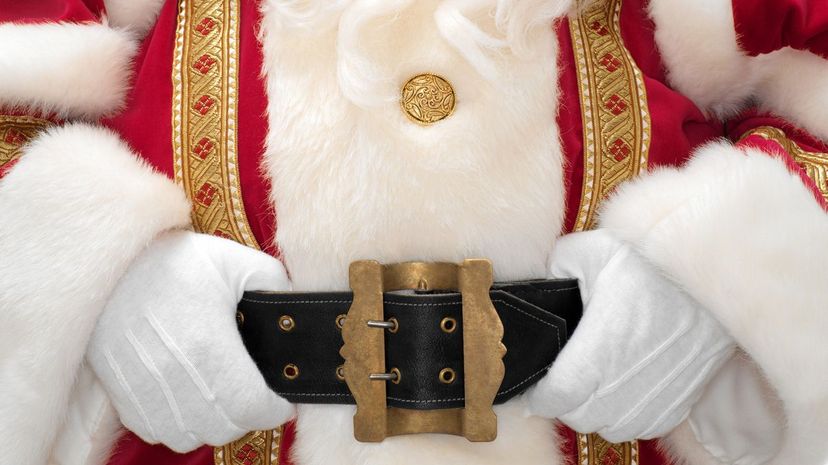
Afghan children eagerly await the arrival of their Santa Claus, known as Baba Chaghaloo, each year. Like the red-suited Santa Claus, Baba Chaghaloo descends from the sky and bestows gifts upon worthy recipients.
Advertisement

China actually has two names it uses for Santa Claus, Dun Che Lao Ren (Christmas Old Man) and Lan Khoong-Khoong (Nice Old Father). Historically, Christmas has not been as popular as Chinese New Year for the Christmas Old Man to make an appearance.
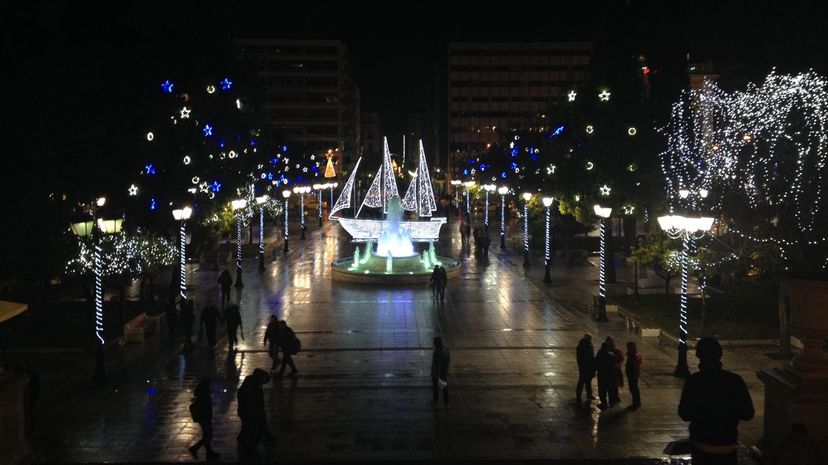
We're not sure how St. Basil became the Greek Santa Claus, but the stories of the two are quite similar: kind-hearted individuals who gave gifts to those who were less fortunate. In Greece, Agios Vassilios brings his gifts on New Year's Eve.

The word "Kersvader" is of Dutch origin and means Father Christmas to those in South Africa. Want to wish someone a "Merry Christmas" in one of South Africa's languages, Afrikaans? Simply say, "Geseënde Kersfees!"
Advertisement
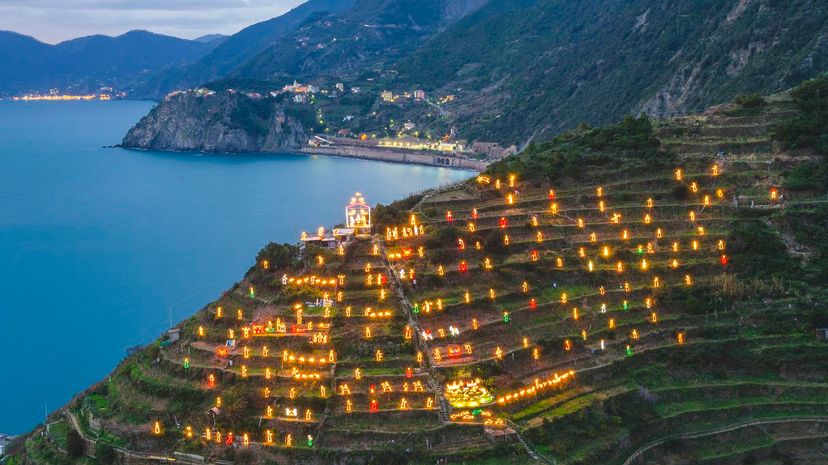
In Italy, it's La Befana who steals the stage from Italy's Santa Claus, Babbo Natale. In Italian culture, La Befana is a woman who bestows gifts on Jan. 6, a holiday known as Epiphany. Babbo Natale precedes La Befana by filling up hung stockings.

Weihnachtsmann is loosely translated as Father Christmas or Santa and, while he's gaining popularity in Germany, he has competition in the form of Christkind, another favored representation of the jolly old elf in German culture.

The concept of Santa Claus is a relatively new one among the people in the East African country of Ethiopia. Many of their current celebrations are shaped by Western traditions, though they have adopted their own Santa Claus, known as "'Yágena Abãt."
Advertisement
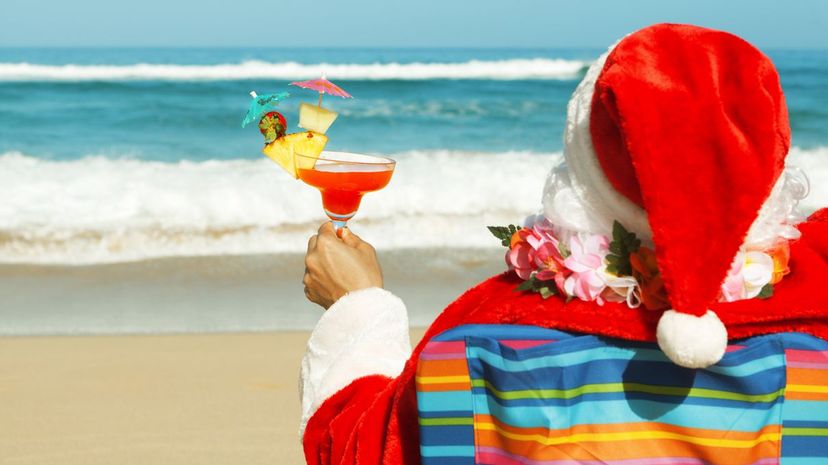
Despite being a part of the United States, Hawaii definitely has its own way of doing things and unique spin to customs and traditions. This island state refers to Santa Claus as Kanakaloka who, fittingly, is frequently seen donning a Hawaiian shirt.
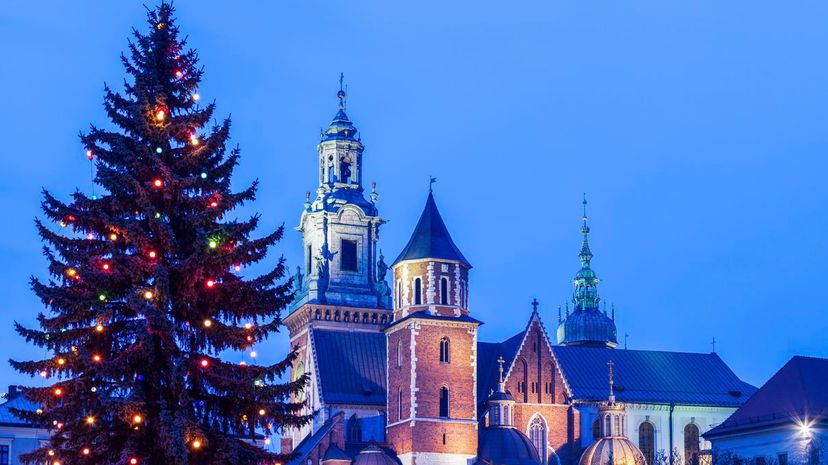
In Poland, Swiety Mikolaj, the Father of Christmas, turns up along his gift route dressed in garb that might more closely resemble a religious figure like a bishop - long, flowing robes. The Polish people enjoy celebrating the feast day of Swiety Mikolaj as well.
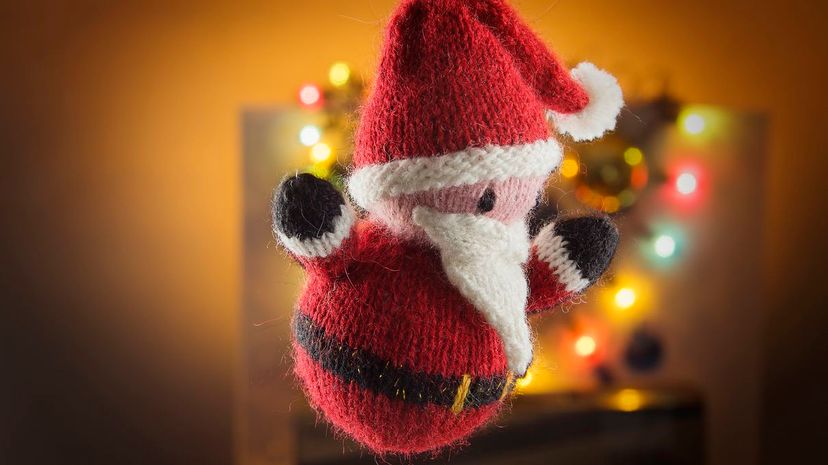
Papá Noel translates to Father Noel in English, and much of his presence in Peruvian culture lines up accordingly with western traditions. Papá Noel will likely offer some gifts to the family, while others are exchanged directly between family members.
Advertisement
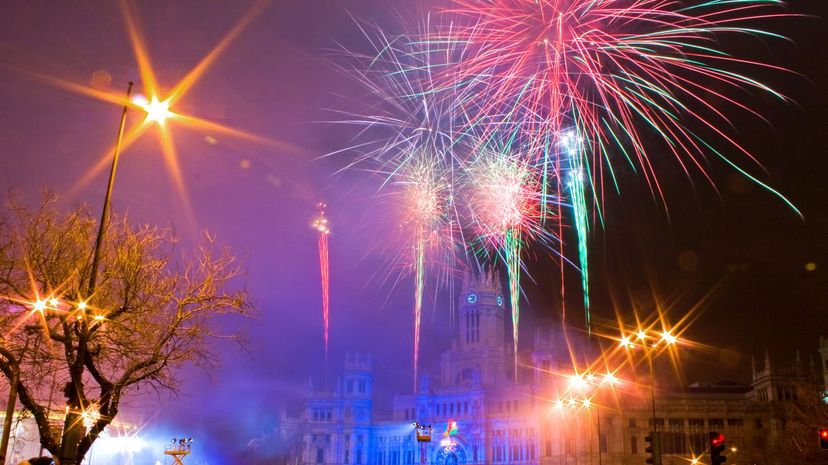
Los Reyes Magos sounds like more than one person because it is. In Spain, children don't await Santa Claus, but the Three Wise Men who go about delivering gifts in early January for Epiphany. Epiphany is the day that the Three Wise Men's visit to Baby Jesus is commemorated.

In Iraq, celebrators await the arrival of Vader Kersfees, who delivers gifts in the night while families are asleep. And, yes, he still has a sleigh and reindeer, even if there's no snow for him to land on.
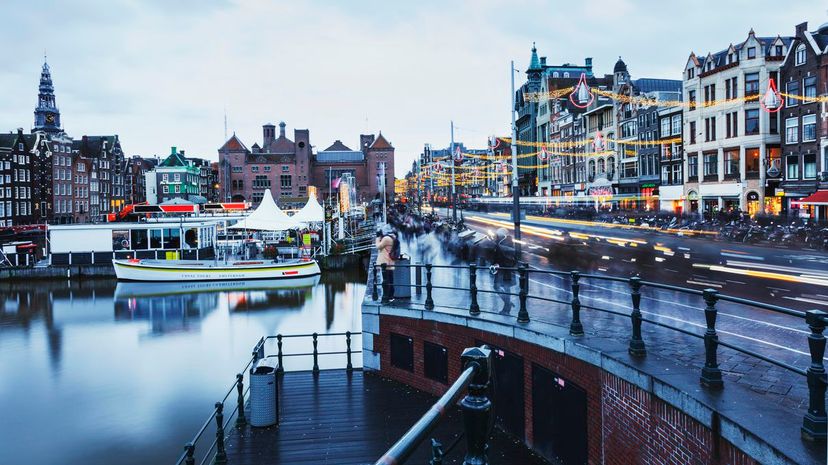
The people in Holland get an early start on the holiday season, with gift giving occurring as early as Dec. 5 (St. Nicholas' Eve), continuing into Dec. 6 (St. Nicholas Day). Santa Claus is represented by Sinterklaas ... even sounds similar, doesn't it?
Advertisement

In Iceland, Santa is replaced by Jolasveinarnir, or the Yule Lads, who deposit a gift each night from mid-December through the 25th for those who have been good throughout the year. We could be especially good for two weeks' worth of presents!
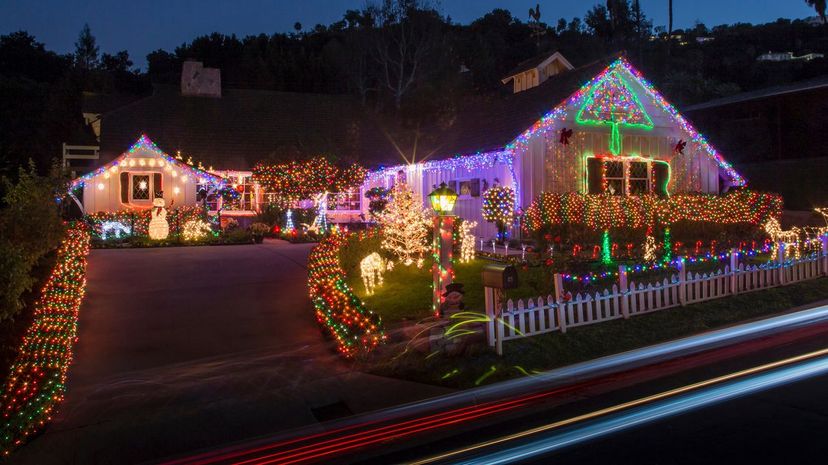
We couldn't leave the United States out! There are many names for Santa Claus here, including Kris Kringle, a moniker popularized thanks to the Christmas flick, "Miracle On 34th Street." Kriss Kringle, as a name, actually dates back to the mid-1800s.

Jultomten, sometimes shortened to just Tomten, has been called a cross between the western world's Santa Claus, a Swedish Christmas goat known as Julbocken and a garden gnome. An artist came up with the depiction of the Swedish Santa in the early 20th century.
Advertisement

Kaledu Senelis visits homes in Lithuania in the overnight hours between Dec. 24 and Dec. 25, leaving gifts for family members under a Christmas tree. Lithuanians cherish Christmas Eve even more than Christmas Day.
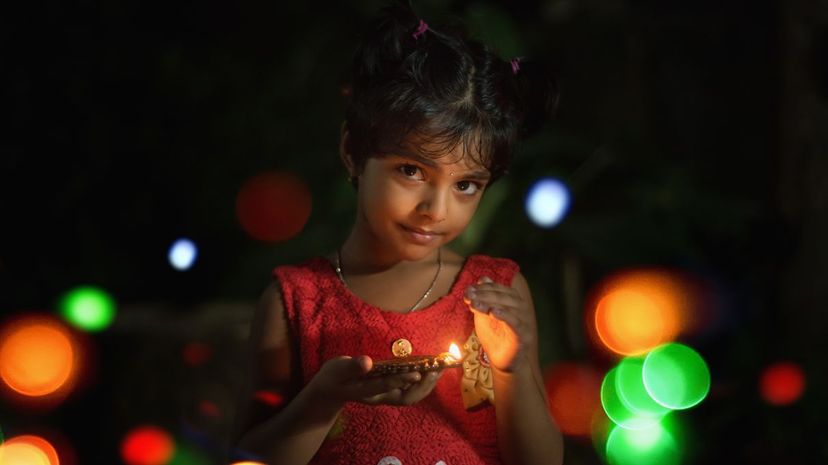
Those who speak Hindi in India call Santa Claus Christmas Baba; in Urdu, the words are reversed. He is also called Christmas Thaathaa, Christmas Thatha and Natal Bua. Phew, that's a lot of Santas to keep up with!

Switzerland's angelic-looking Christmas gift-giver is called Christkindl, which translates to "Christ child." Children are not allowed to see Christkindl, much like the mystery surrounding the movements of Santa Claus in the United States.
Advertisement

Queen Mab, Father Time, Aunt Nancy, Mother Goody ... it's hard to keep all these Christmas gift-givers straight in Canada. Our neighbors to the north have even laid claim to an area of the Arctic that includes the North Pole, which means Santa could officially be a Canadian!

In Colombia, children wait on ... another child to deliver their presents. But, this is no ordinary child, this is the God Child or Baby Jesus, known locally as El Niño Dios. Many Latin American countries also recognize Santa Claus in his western form, but El Niño Dios seems to take precedence.
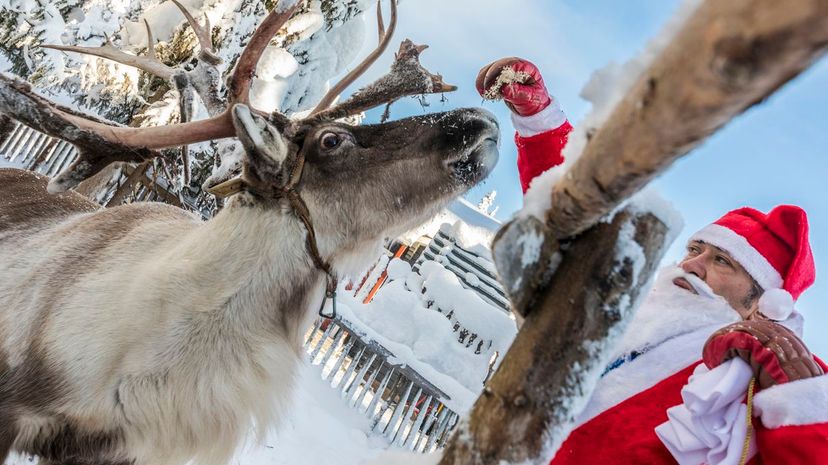
Who came first - Father Christmas or Santa Claus? The two are virtually indistinguishable, from their fur-lined suits to their toy-making elves to their home at the North Pole. In England, however, they call him Father Christmas.
Advertisement
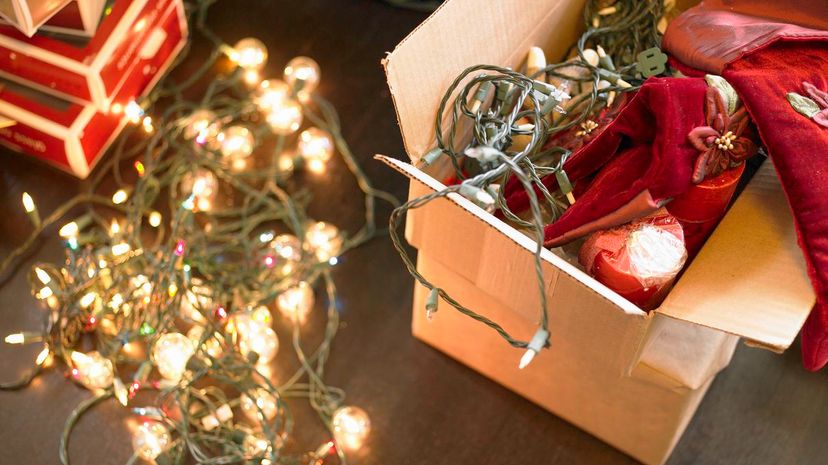
It might sound a little creepy at first, but hey, Baba Noël has to be able to get inside somehow! In Egypt, this Santa equivalent is anticipated by children all over the country. They leave kahk, or small cookies, out for the big guy.
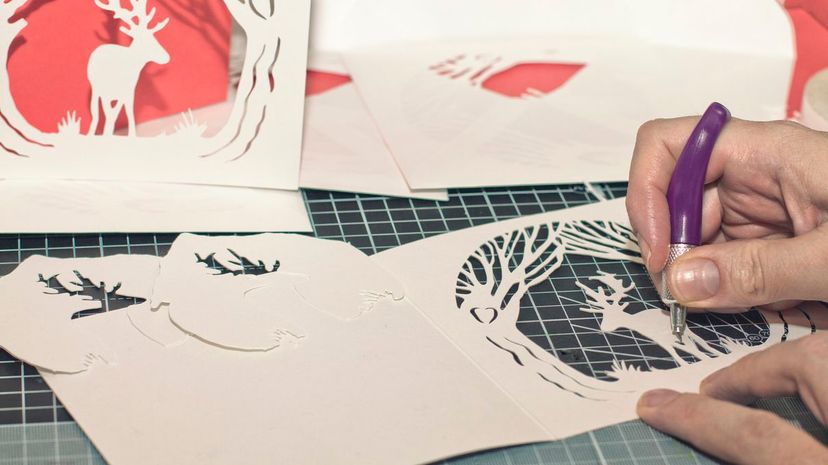
Daidí na Nollag, or Daddy of Christmas, is the traditional name used in Ireland to represent Santa Claus. Most other Irish Christmas traditions are pretty recognizable, except for the "leaving a bottle of Guinness out" for Santa on Christmas Eve.

In Portugal, Pai Natal has been known to leave Christmas gifts in a variety of places, including under the Christmas tree or in shoes left out nearby. We sure hope those are large-sized shoes!
Advertisement

In Hong Kong, Cantonese-speaking people refer to Santa as Sing Daan Lou Yan, but even the English version, Santa Claus, has been widely accepted in their culture. Sing Daan Lou Yan translates to Christmas Old Man ... ouch, that's harsh!
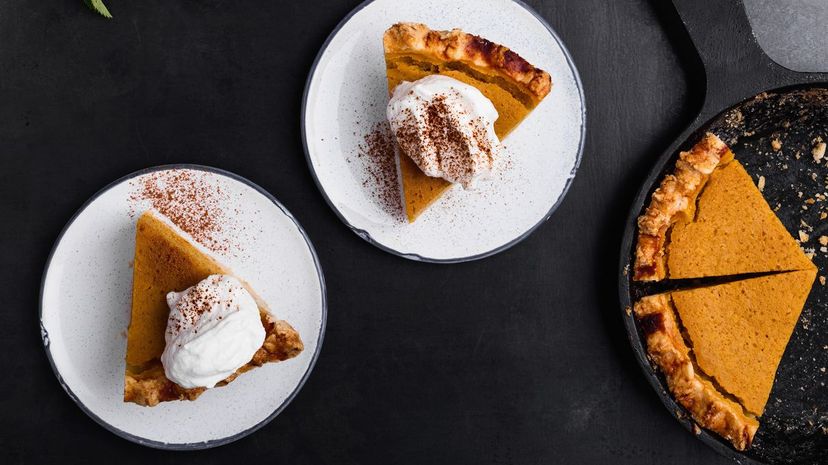
In Albania, Santa has many names including Babadimri, Babagjyshi and Shën Nikola, as well as a long list of cultural traditions. Albanians usually give gifts on New Year's Eve and have a New Year's tree (instead of a Christmas tree).